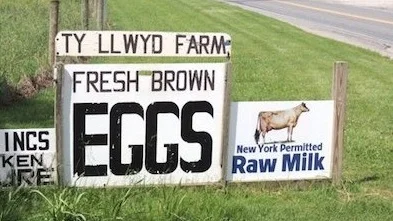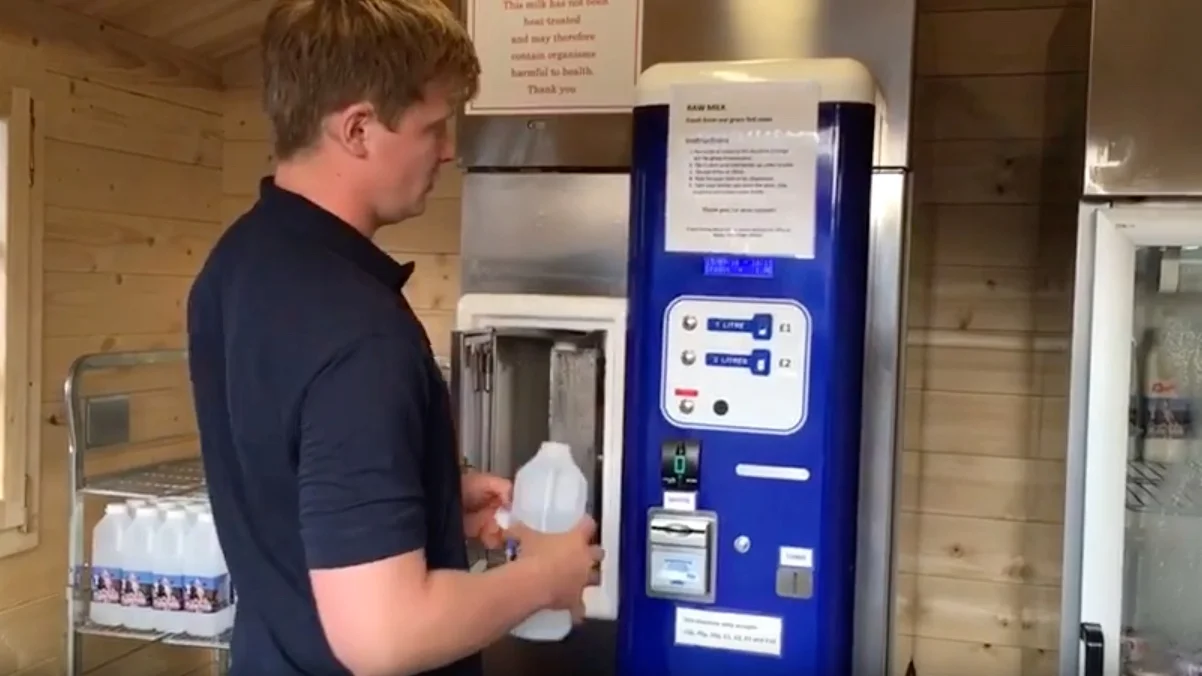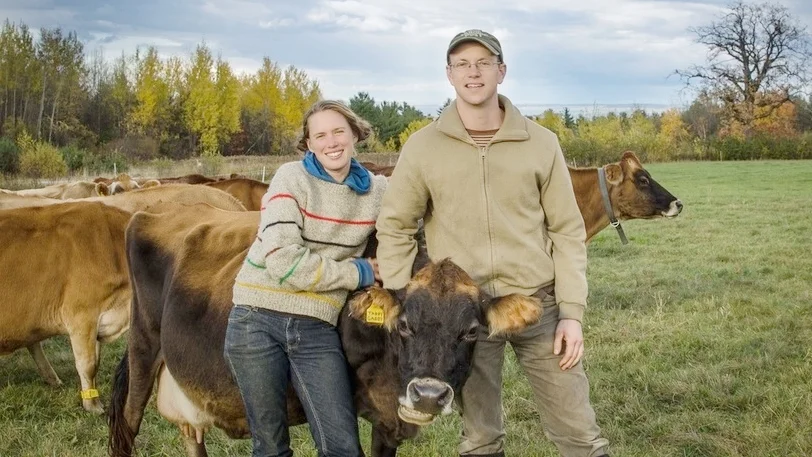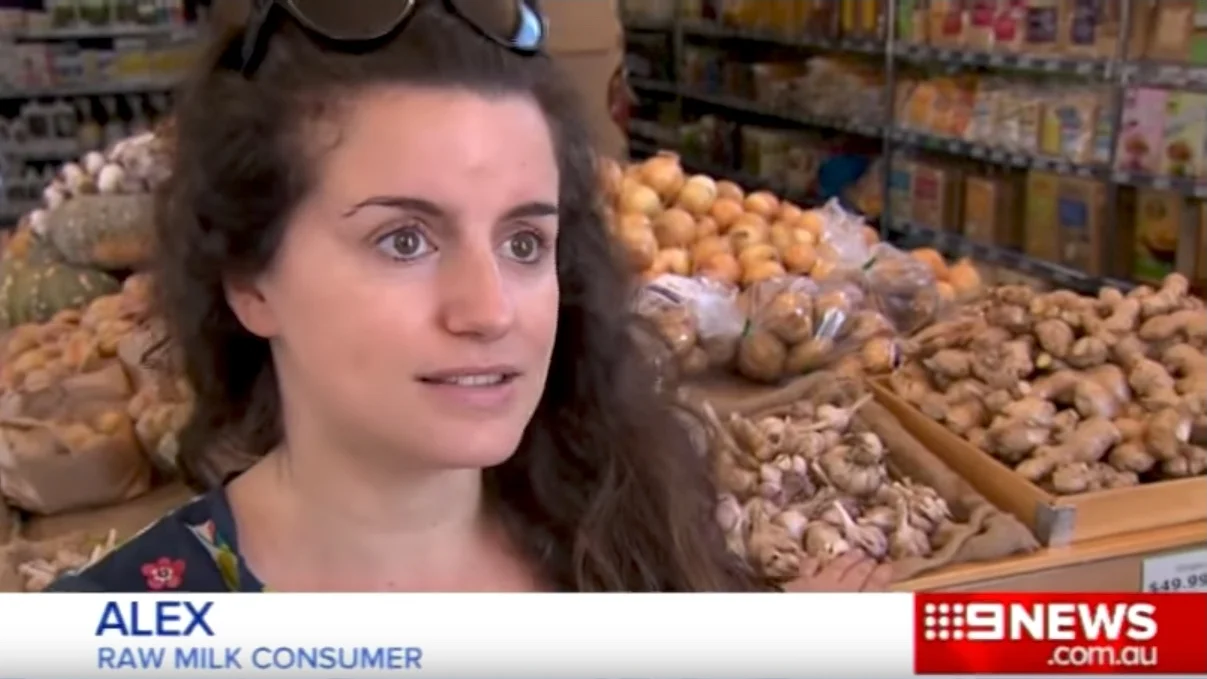Certified Raw Milk in Victoria, Australia
this is an excerpt from the Briefing Pack v2:
Nurturing a certified raw milk industry in Victoria
Small dairy farmers stand to gain significantly from legalisation of certified raw milk. These small farmers are struggling, as the supermarket price wars force them to accept prices near or even below the fair cost of production. In 1980 Australia had 22,000 dairy farms; in 2010 there were only 7500—a number that continues to fall annually.
Farmers producing certified raw milk can command far greater prices per litre than they would get from milk processors. Even small-scale certified raw milk producers can be viable, as overseas experience shows. Australian dairy farmers are currently denied access to this profitable niche market.
How might certified raw milk production unfold in Victoria? Small producers could be profitable and rely solely on direct sales at the farm. Larger producers could sell at markets. Yet others would gear up for retail distribution and home deliveries. Pathogen testing programs, already well established in most cases, would match the risks attached to these varying scales of production.
A certified raw milk industry would lift demand for support services such as artificial insemination, dairy machinery sales and services, and refrigeration. Certified raw milk does not need factory processing, with its intensive heating and cooling, and high water consumption and chemicals for cleaning complex equipment
—a net gain for the environment.
Certified raw milk producers can interact with families visiting their farm or buying direct from them at farmers’ markets. Many people prefer to buy locally sourced foods directly from the people who produce them. This worldwide trend is expanding. Direct sales invite trust in quality, and allow customers to report back to the farmers. Both sides of the trade become better informed, and enjoy the social interaction.
The Australian Raw Milk Movement estimates that weekly sales of ‘bath milk’ in Victoria stood at about 17,000 litres per week in 2014. A small group of dairy farmers supplied that market, carefully monitoring the quality of their milk. They and others are well placed to launch a fully regulated certified raw milk industry.
Raw milk consumers are not food faddists. Typically they are well informed about nutrition. They make informed choices to buy raw milk. In the absence of sound evidence that raw milk is dangerous, how others judge these choices, how people interpret the nutritional science, are less important than the right to choose freely. People want raw milk and will travel long distances to get it, willingly paying far more than supermarket prices. These families know what they are doing. The Australian Raw Milk Movement says they should be free to choose.
For more information on how to identify and manage risks on the farm see the 11 categories of the Risk Identification and Risk Reduction program:

Related Articles:
Risk Identification and Risk Reduction Program
A response to a concerned doctor regarding Raw Milk consumption
Fair Regulations and Production Standards for Raw Milk
Raw Milk: Legalise and Regulate in Australia using world best practise
Raw milk low risk: UK government agency contradicts Australia
Seeking solutions for the Australian dairy industry
The Healing Power of RAW MILK for Immune and Digestive Issues
Risk Assessment Management Plan
Farmer-friendly Raw Milk Risk Identification and Risk Reduction



































































